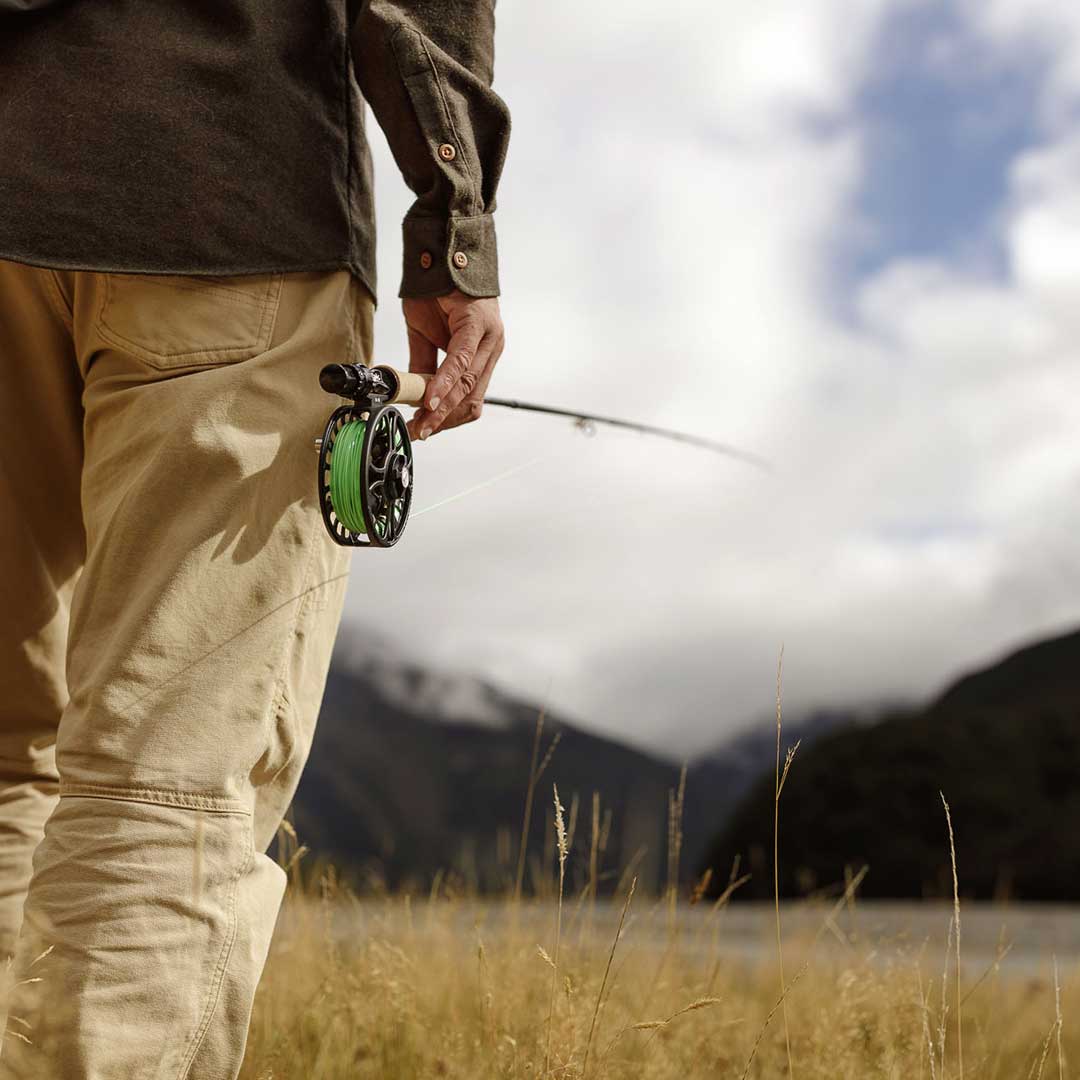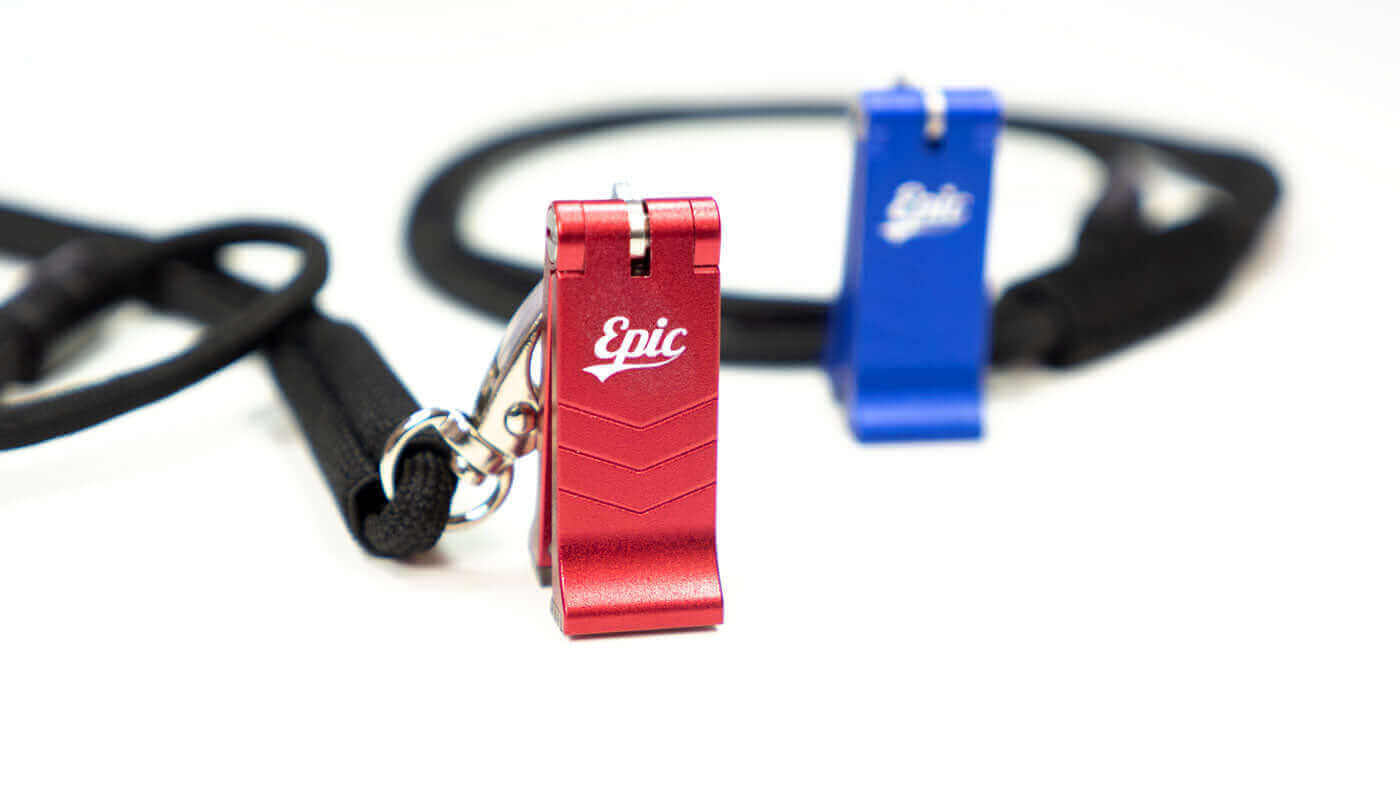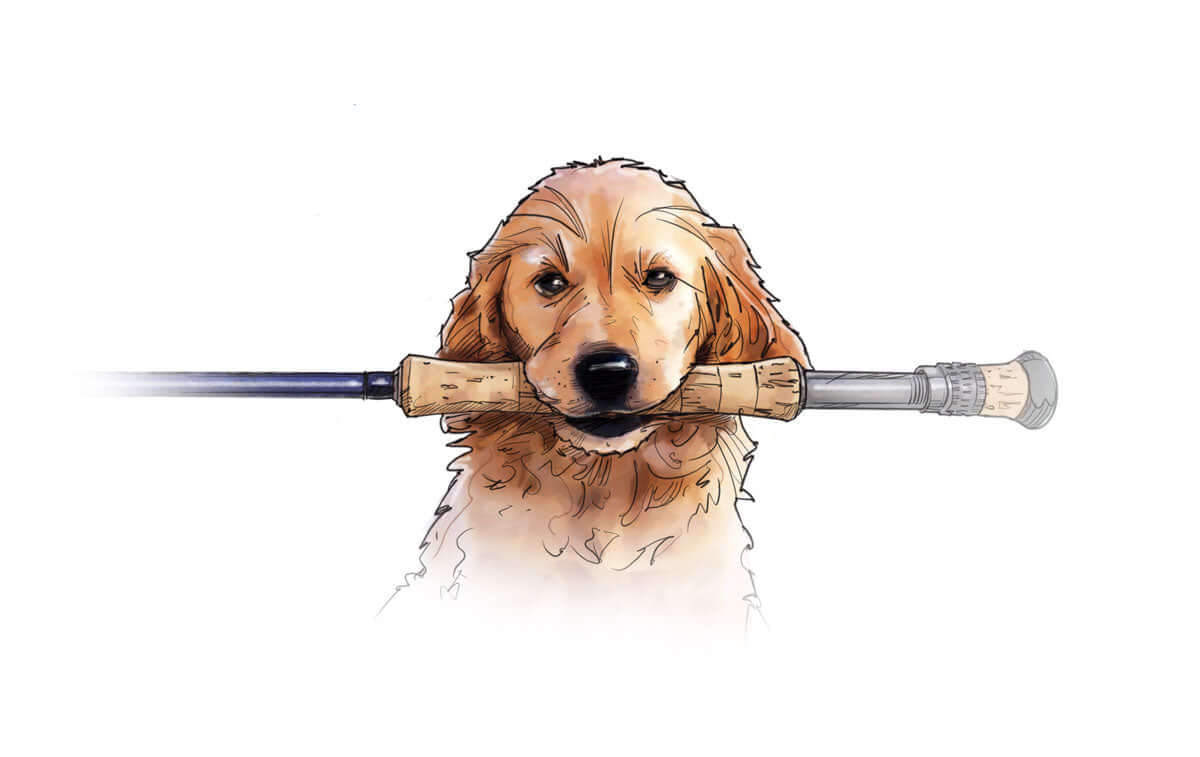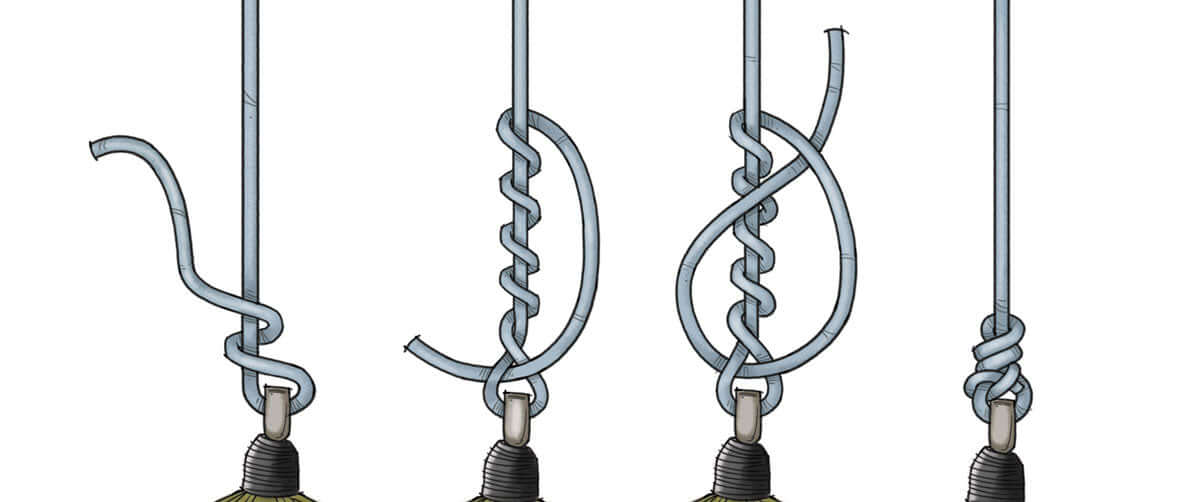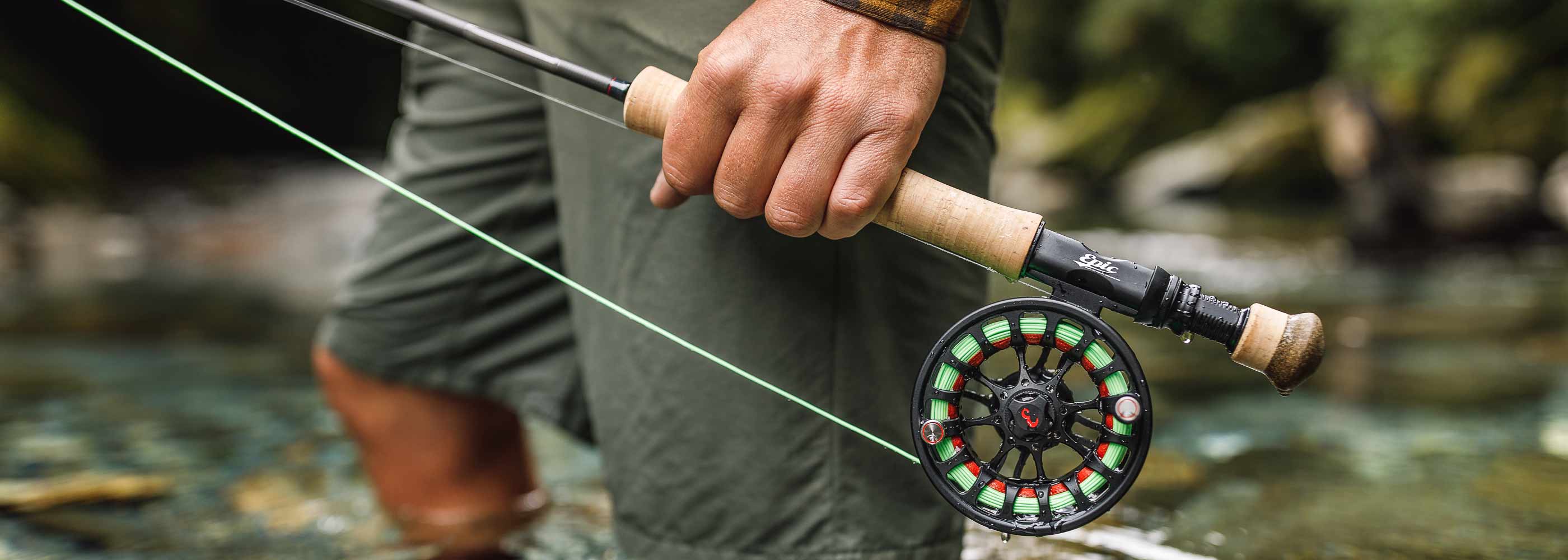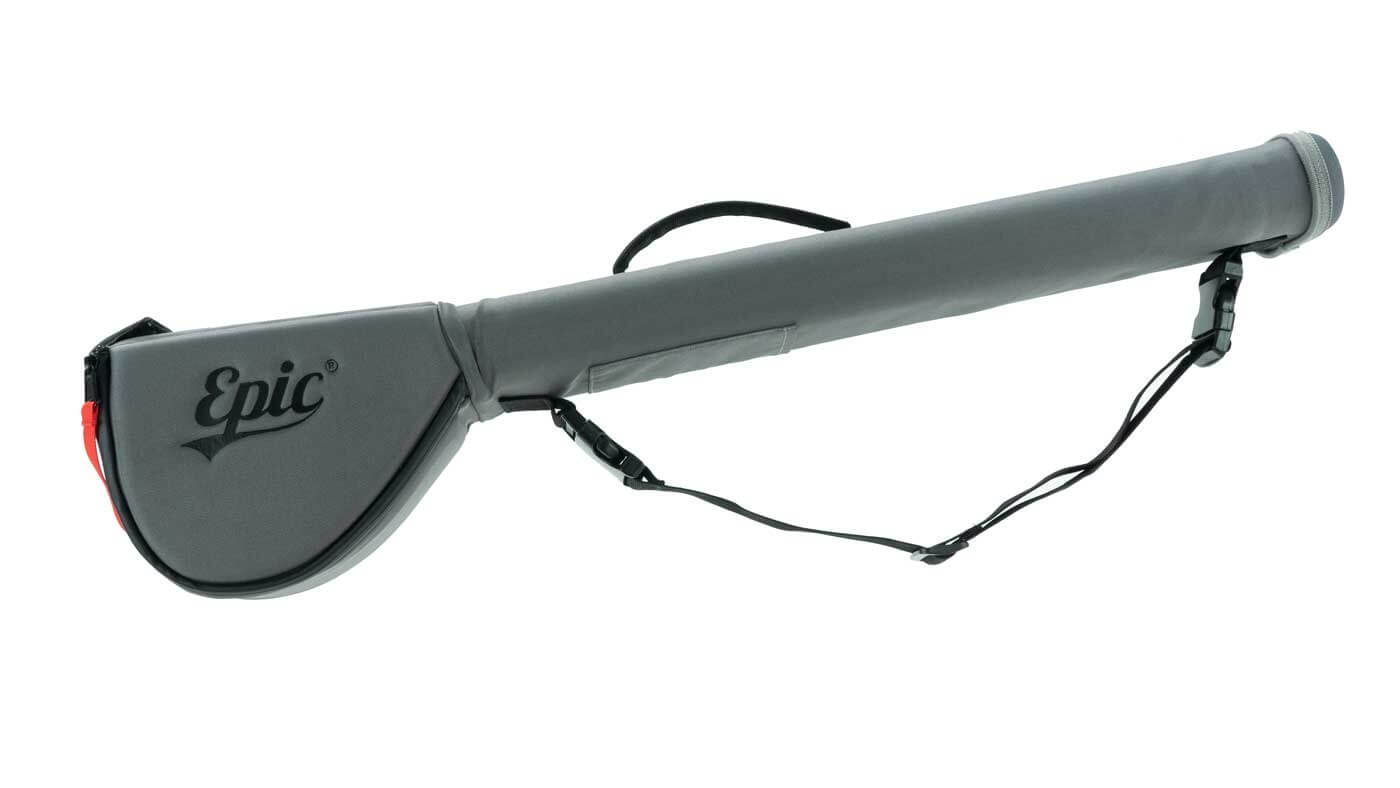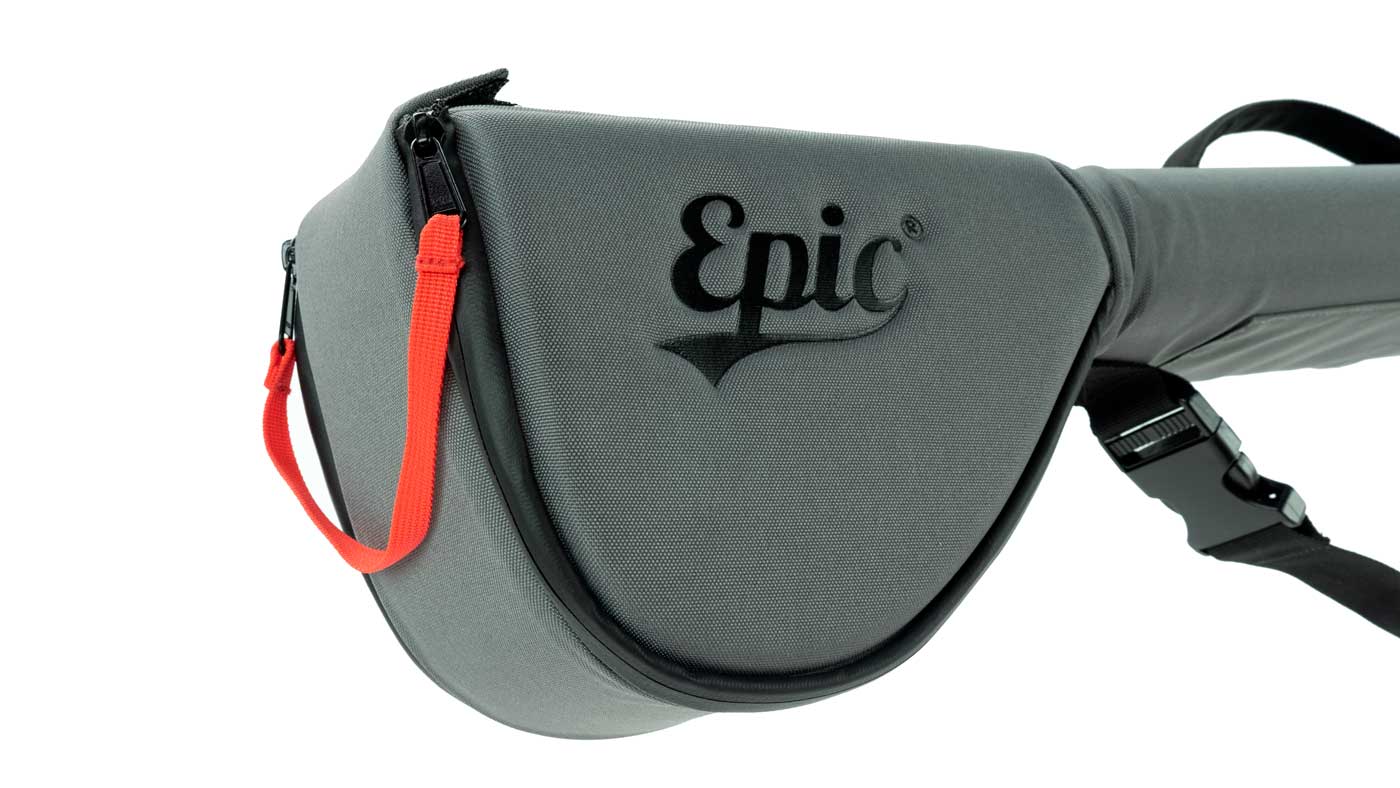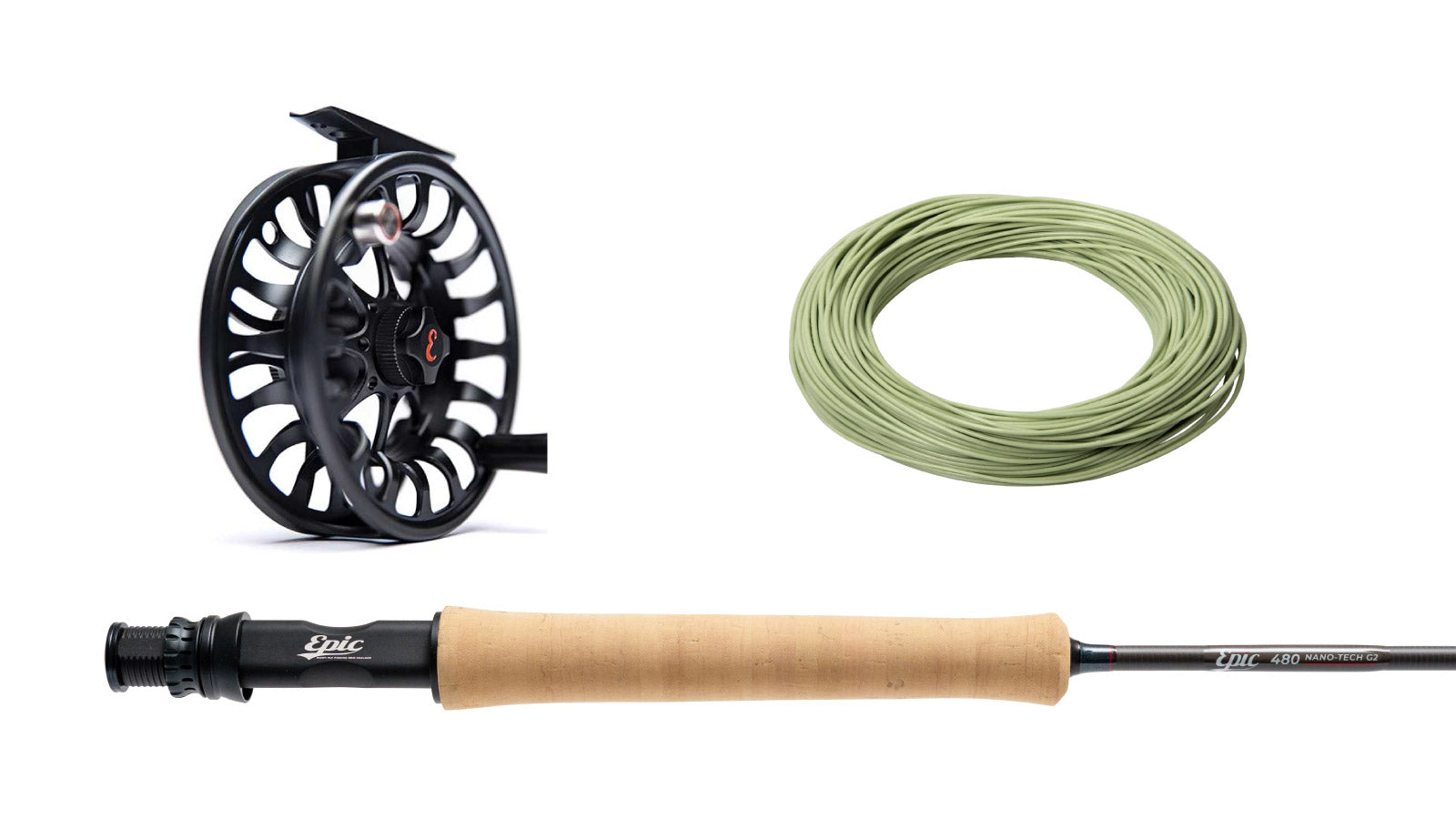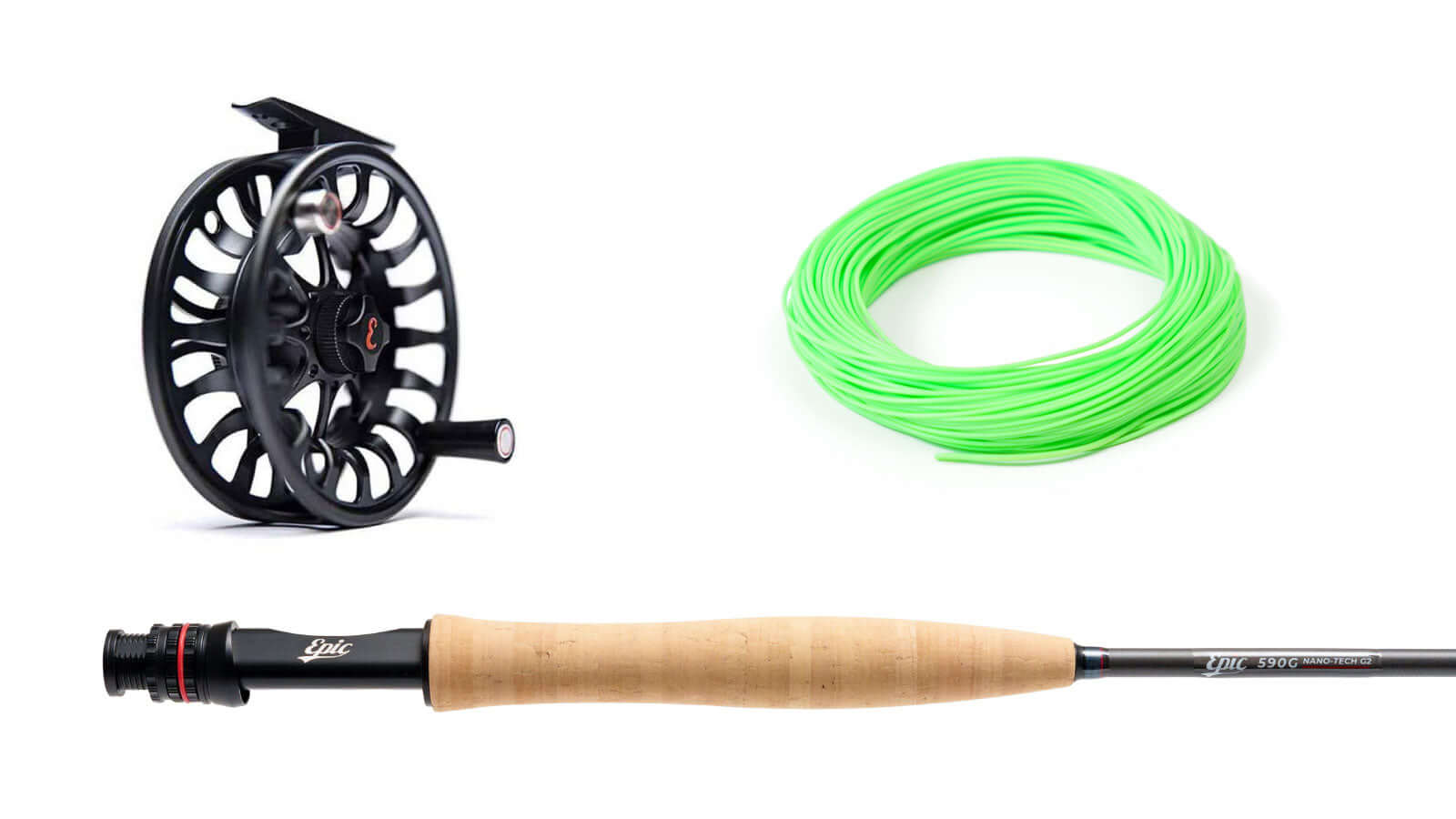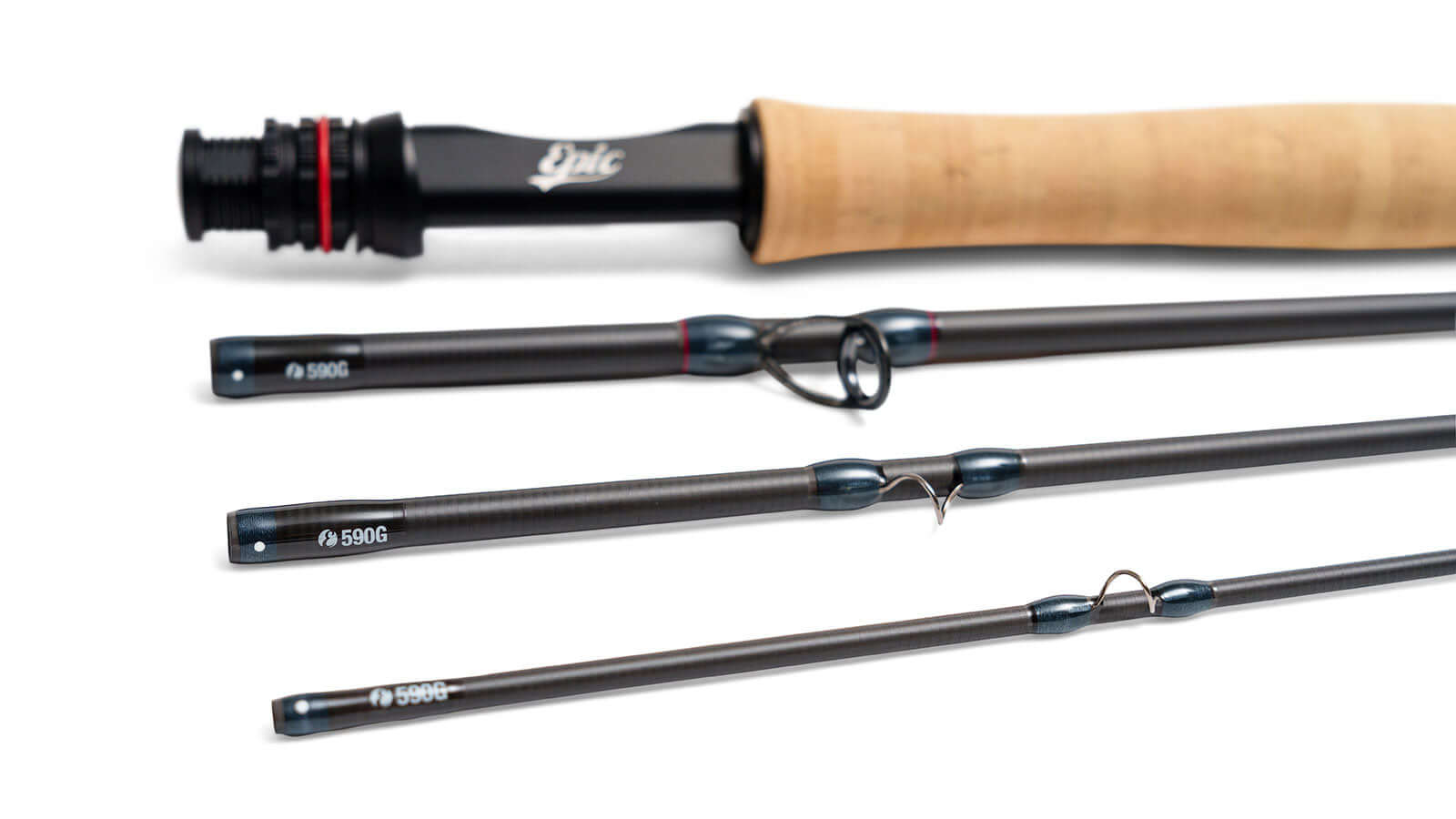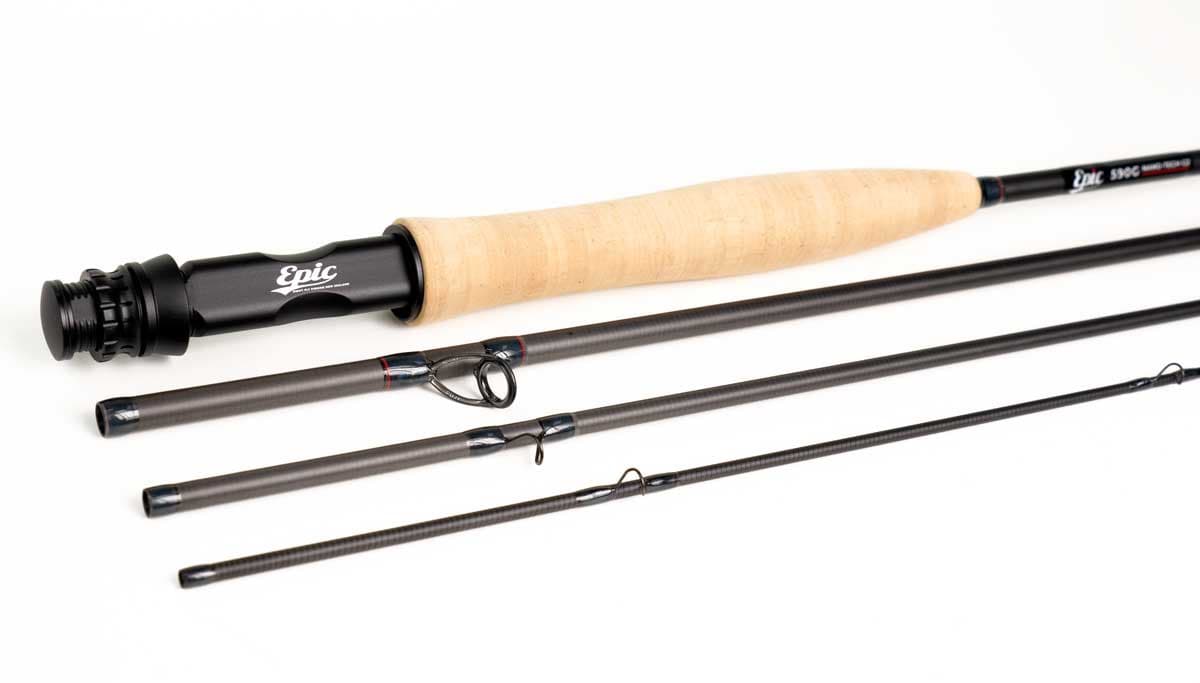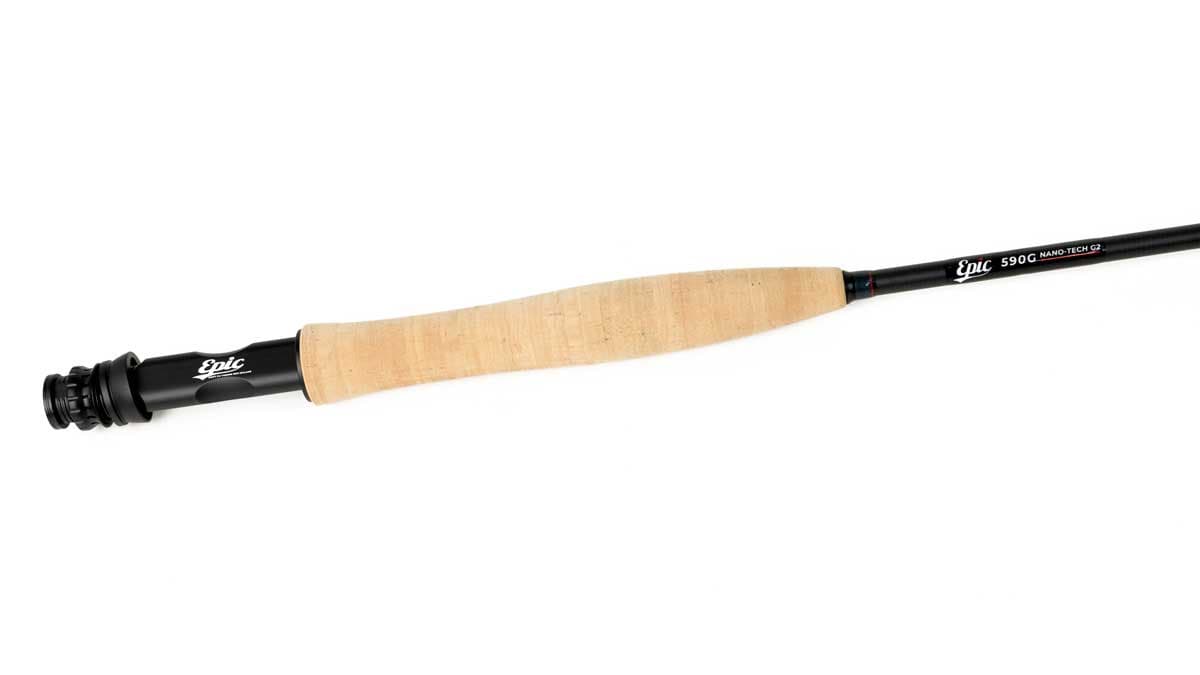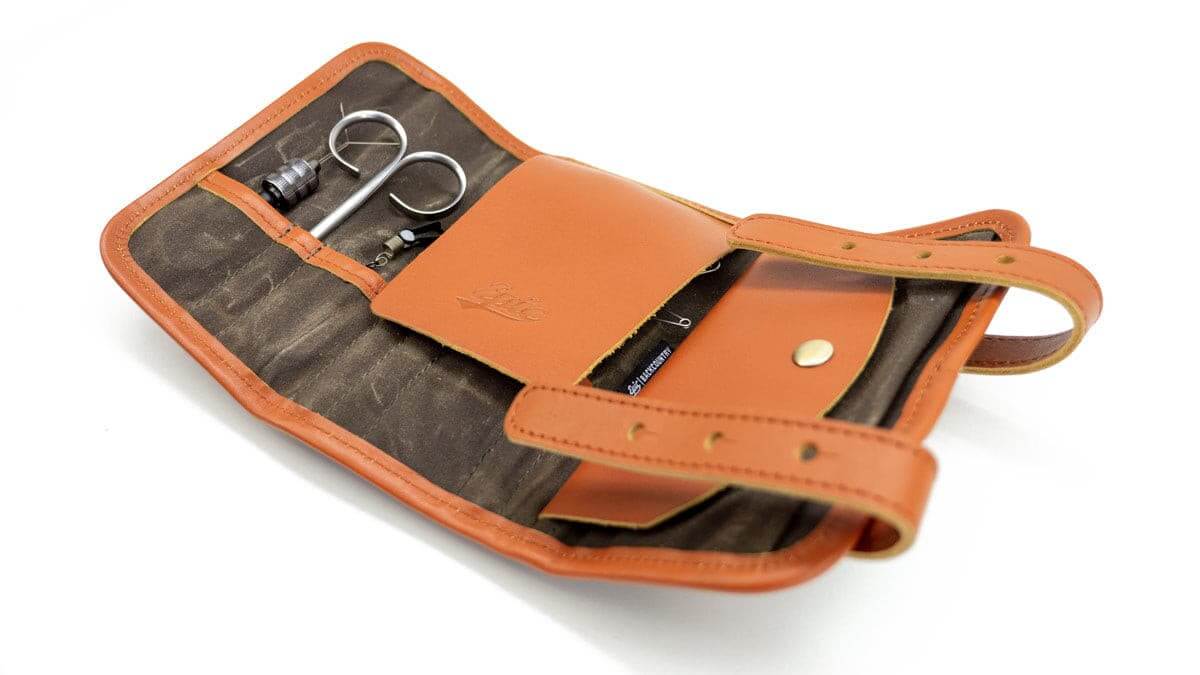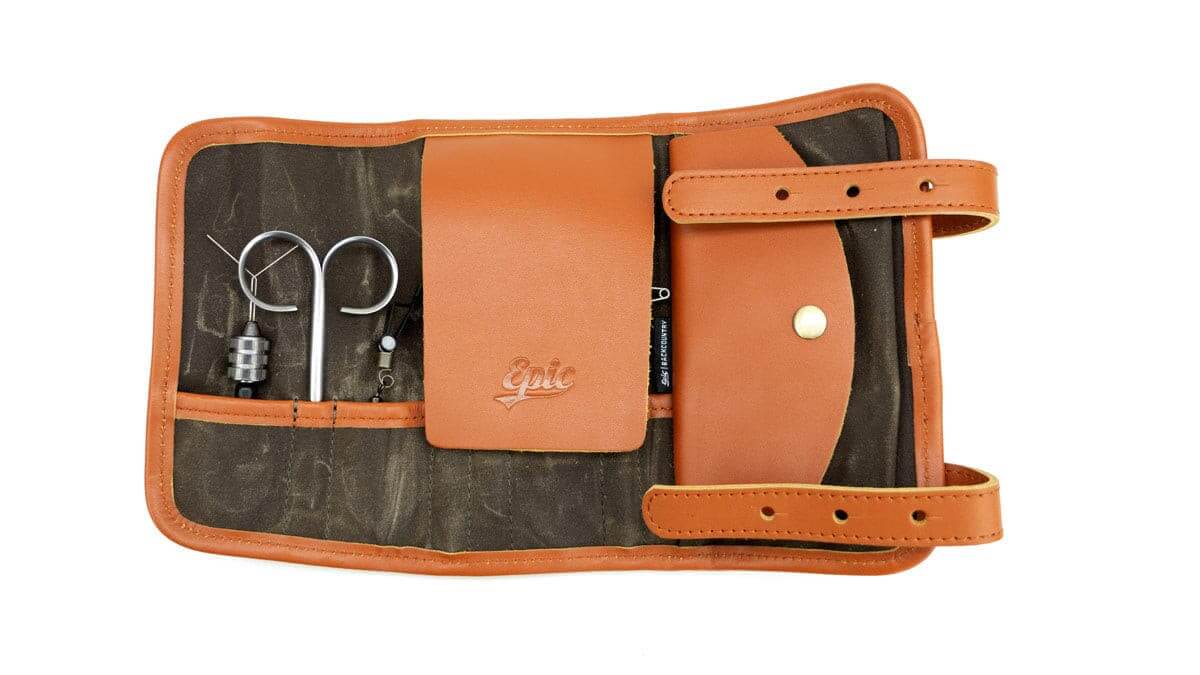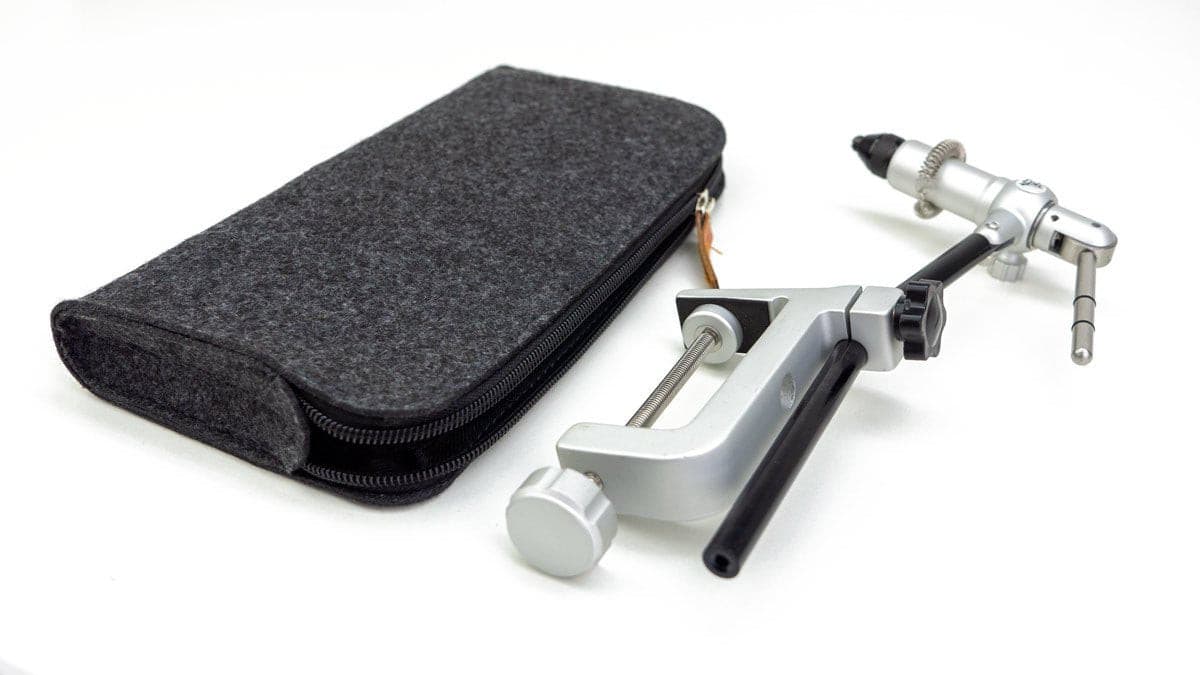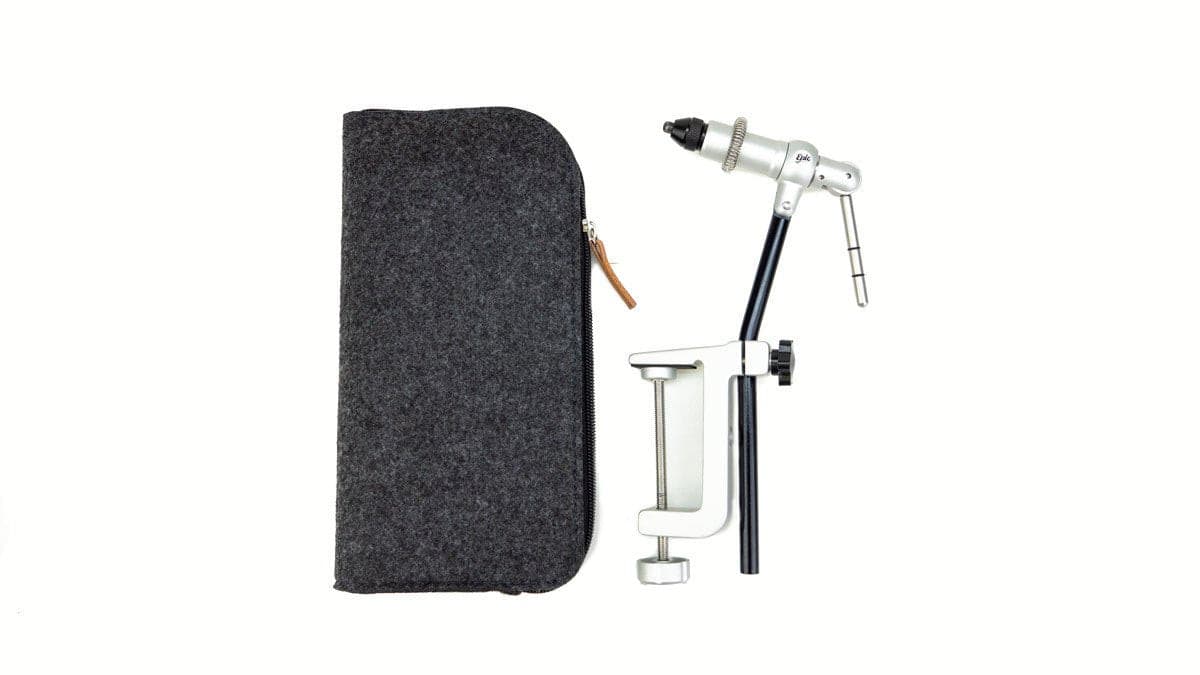At one time or another in every fly fisher’s life he will find himself quietly looking down at a broken rod. That sinking feeling. Maybe it was a favorite, or maybe it’s the night before a bonefish trip. There are many ways to break a rod and, over the years, I have been guilty of more than my share. Sometimes the fault lies in the rod, but more likely it is operator error. If you buy a quality rod in today’s market, you can expect that it will come with a “no questions asked” guarantee. The rod maker will repair or replace your rod, but you will be out of commission for a few days or a few weeks and you will pay a shipping and handling charge from $50-$100, depending on the manufacturer. Here are some of the most common causes of breakage and a few tips for keeping your favorite rods in service.
High Sticking

It is estimated that 75% of breaks are not related to fighting fish. Of the remaining 25%, almost all can be attributed to high-sticking. High-sticking occurs when the rod is raised to the vertical when fighting a fish or freeing a snag, placing undue stress on the tip section of the rod. It makes for a striking pose in oil paintings and catalog covers, but here in Florida it can quickly turn your four-piece rod into a five-piece model. A better choice is to apply side-pressure forming a deep bend in the rod. For freeing a snag try a quick side-to-side motion, or roll-casting toward the snag. If breaking off is necessary, point the rod tip directly at the fly and pull the line steadily.

Another type of high-sticking is gripping the rod above the cork handle when fighting a fish in hopes of gaining leverage. In many cases, this will hinder the action and place too much tension on the weakest part of the rod.
Stringing up

Some rods are broken before the fishing starts. When stringing up your rod, be sure to pull an ample amount of fly line through the tip and pull straight out while cradling the rod in the opposite hand. Pulling against the rod will result in a “U” formation in the top six-to-eight inches of the rod and likely cause breakage.
Nicks from weighted flies
Heavily weighted flies can be deadly on fish and equally deadly on fly rods. When a passing fly collides with the rod, a nick can occur, weakening the blank. This weak spot is usually discovered when fighting a big fish or making a particularly long cast. To avoid this, open your casting loop or use an elliptical or “Belgian-style” cast. Many top-quality rod blanks have high-tech resin coatings to resist impact. If you regularly fish with weighted flies, the extra money spent will be well worth it.
Improper seating of ferrules

Multi-piece rods come equipped with flexible ferules to give the most uniform action. In order for them to perform, they must be securely seated. Loose connections will give a “wobbly” feel when casting and can possibly break from the inside out. To properly seat your rod, push together with guides ¼ turn off and then rotate into position. When taking apart, reverse by turning the rod sections ¼ turn in the opposite direction and then pulling apart.
Keep ferrules lubricated by applying paraffin, candle wax, or bar soap. If your rod is hopelessly stuck together, enlist the help of a buddy. Each of you should place one hand on each side of the connection and pull apart. Rods that are left assembled for extended periods tend to be the hardest to free.
Walking with rod in hand
To avoid breakage by “feeding” your rod to a tree or bush, simply carry your rod with the tip pointed behind you, leaving the rod strung. Many rod tips have been left behind by catching the top eye on a limb and pulling the rod apart and not having the line to keep it together. Better yet, break your rod down when hiking through heavy brush.
Boating a big fish

When a big fish comes to the boat, things can happen fast. It is sometimes necessary to stick the rod deep in the water for a final dash under the boat. A rod under full load that touches the gunwale is likely to explode. Once the line is grabbed by hand immediately allow slack and plenty of it. From this point on, the fish should be hand-lined to submission, but be ready if the fish makes another run.
Road Rage
Car doors, trunk lids and tail gates have all claimed their share of rod casualties, but my latest close call came when I left my rod and reel on top of my car. Luckily, as I drove away, I saw my outfit hit the road out of the corner of my eye. Amazingly, it resulted in only a little “Road Rash” to my reel.

I had always heard of rods falling prey to ceiling fans, but frankly I never really saw the danger. One day I walked into my family room, holding an assembled rod and looking toward the “Breaking News” on the television. News Flash: Ceiling fans do break rods. Sliding-glass doors, spring-loaded doors, narrow hallways, and lanai screens also pose potential hazards around the house. It is always best to disassemble your rod outside. And one last word of caution- DOGS LOVE CORK!
I hope that you will find these tips useful, and wish you and your rod many days of great fishing.
Author

Joe Mahler is one of the USA's leading fly casting instructors and author and illustrator of “Essential Knots & Rigs for Trout” and “Essential Knots & Rigs for Salt Water”. You can Book a fly casting lesson with Joe via his website here
Break a tip? we've got you covered.
Our Surefit™ ferrule system is so precise that breakages can be addressed by simply sending out the replacement part. Gone are the days of having to return a broken fly rod section and waiting weeks for a return.
Internal High Strength Ferrule.
A high strength internal ferrule is placed at each join to provide superior crush and split resistance.


